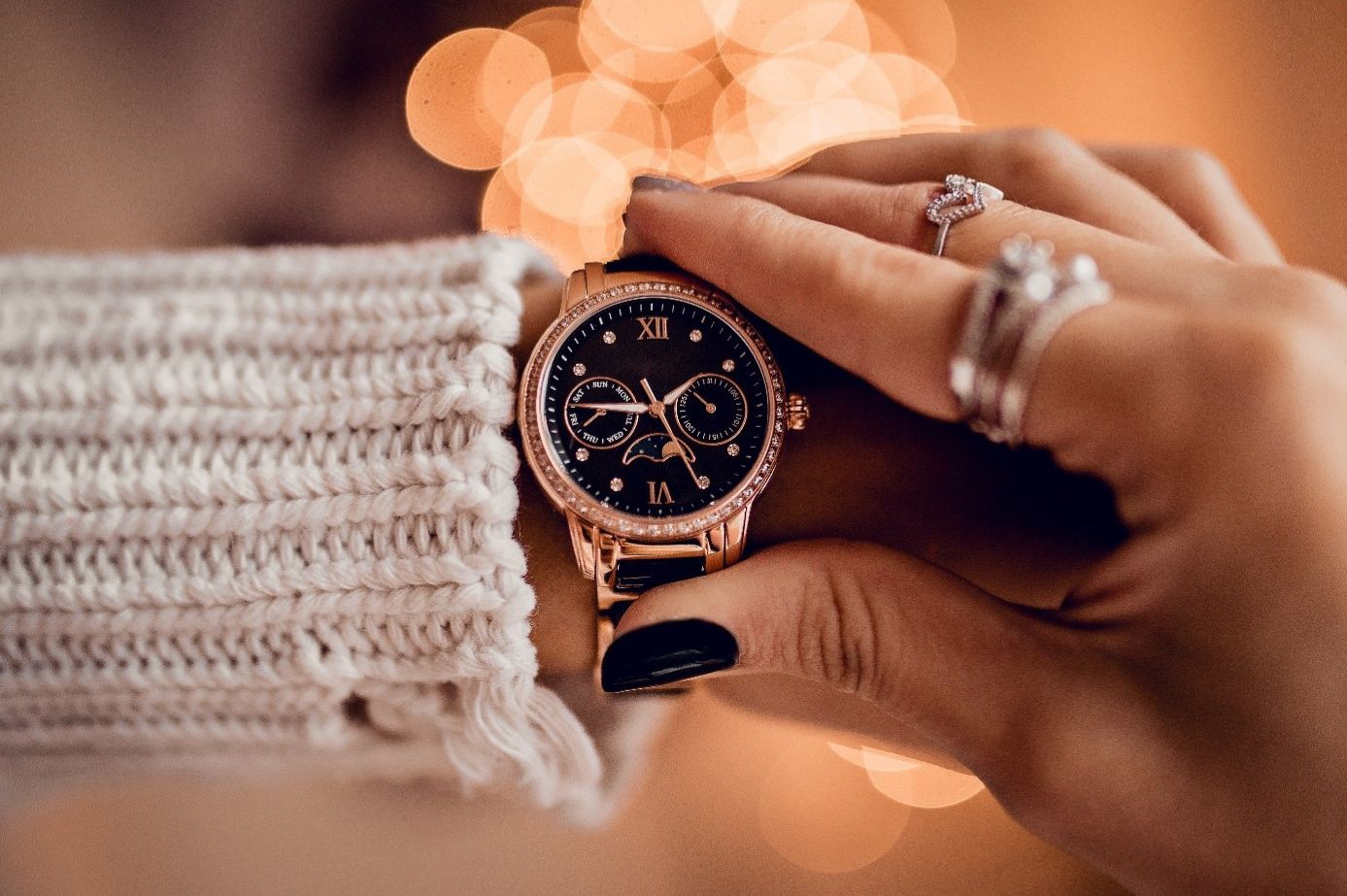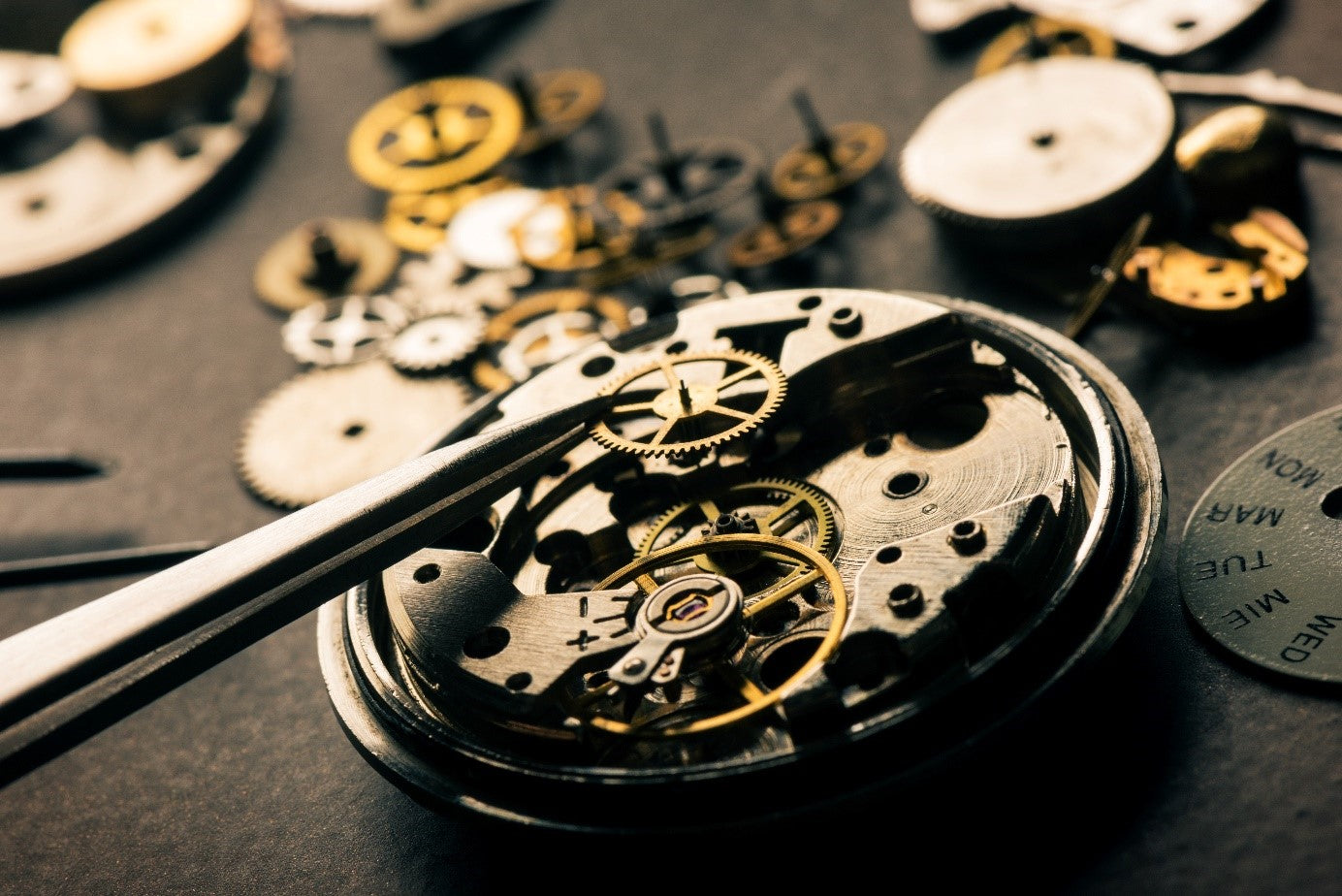These days, watches are more than just timekeepers. They're a fashion accessory, an investment, and the wearer's calling card. To keep it that way, they need to be cared for. The following article offers five tips for a long watch life.
The right storage – in the box or in the watch winder?
In online forums, numerous users engage in sometimes controversial discussions about whether a watch winder is useful. The central question is: Is it harmful for a mechanical watch to remain unused for extended periods?
While a modern watch winder can be a fascinating addition to your living room, it's not absolutely necessary. For those who use their timepiece regularly, such a device is unnecessary. However, the purchase can be worthwhile if the watch is put away regularly. This eliminates the hassle of resetting complications like the calendar.
Automatic watches don't require a watch winder. They won't be damaged by extended periods of non-use.
Winding the clock
Beginners, in particular, are afraid of damaging their sometimes expensive watches through improper handling. In most cases, this fear is unfounded.
Turning the crown of an automatic watch about 30-35 turns winds it. There's no way to go wrong with this. Turning it more often won't damage the timepiece. However, caution is advised with hand-wound watches. Once wound, you should refrain from turning the crown any further. Otherwise, in the worst case scenario, irreparable damage could occur.
Clean your watch properly
Like any everyday object, watches need to be cleaned regularly. Removing dust and dirt helps maintain their value and extend their longevity. Simply cleaning the watch with a microfiber cloth is sufficient.
Danger:
When cleaning, avoid applying too much pressure to the watch. Even microfiber cloths can leave fine scratches on the case and other parts of the timepiece.
If the watch is water-resistant to a depth of 100 m or more, it can be cleaned with a little water and dish soap. It is imperative that the crown is screwed down tightly and that no water can penetrate the movement. When cleaning with water, do not use a microfiber cloth. Using your hands is sufficient.
Avoiding wear marks
Much like cars, watches are consumer goods. This is true even if they were purchased as an investment. No matter how diligently a watch is cared for, the first scratches will eventually appear. However, their occurrence can be at least reduced with a simple change in behavior. It's important to pay attention to trivial things.
If you wear your watch on your right wrist, you should open and close doors with your left hand. The same applies to fastening your seatbelt in a car. Of course, you should remove your watch when performing heavy work, such as DIY. Clothing with buttons and zippers also poses a threat to the external integrity of the timepiece.
Observe maintenance intervals
At some point, the time comes: Your watch is ready for its first service. When this occurs depends on the manufacturer and model. The intervals range from approximately every four to ten years. At the very latest, when significant deviations in the rate of movement occur, the watch should be serviced.


